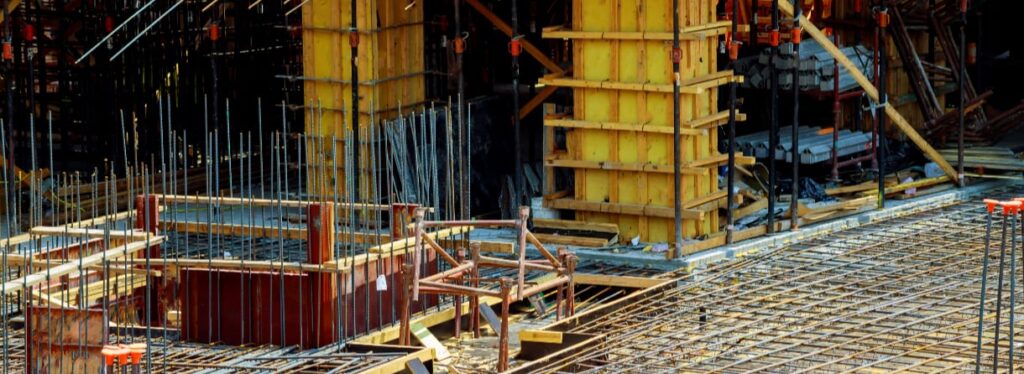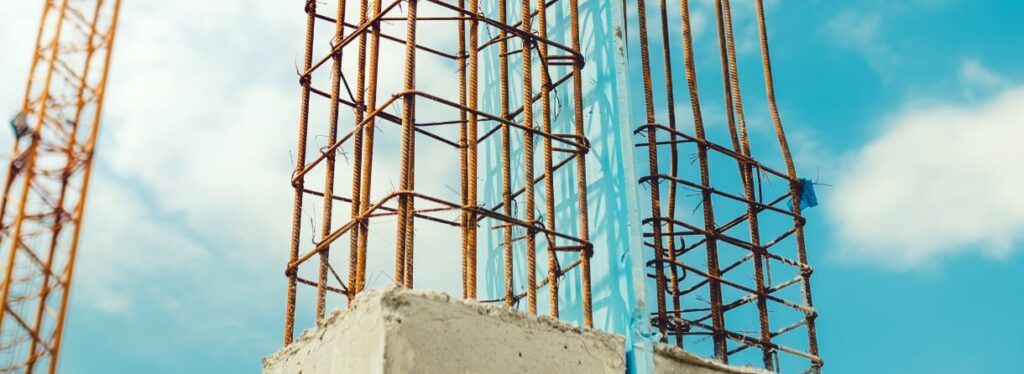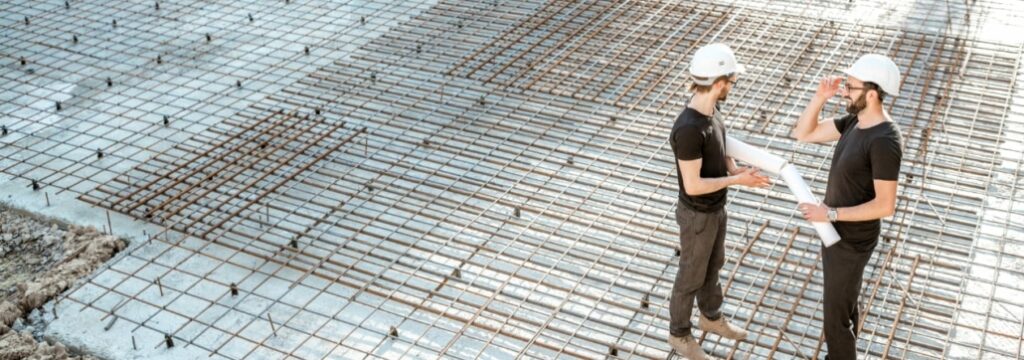Les polymères renforcés de fibres continuent de conquérir un marché mondial, supplantant les matériaux traditionnels de renforcement dans divers secteurs. Initialement considérés comme adaptés à un éventail limité d'applications pratiques, les PRF sont devenus l'objet d'études théoriques et pratiques. Il en résulte une demande constante. marché en expansion Partage et polyvalence d'applications. Outre leur utilisation dans le bâtiment, l'agriculture, la chimie et la pharmacie, entre autres, les barres d'armature en fibre de verre supplantent les barres d'acier pour la réparation et la modernisation d'ouvrages en béton existants, prolongeant ainsi leur durée de vie et réduisant les coûts de réhabilitation et d'entretien.
Contenu
Réhabilitation des structures épuisées
Renforcées par des barres de fer traditionnelles, toutes les constructions en béton doivent être entretenues et réparées pour garantir leur fiabilité et leur sécurité. Le vieillissement des infrastructures existantes nécessite une réhabilitation complète comprenant réparations, entretien, inspection et modernisation.
Par exemple, outre un entretien régulier, tous les ponts nécessitent des réparations. L'aspect clé des réparations structurelles est la limitation de charge pour la plupart des constructions en béton. Il en va de même pour la plupart des constructions détériorées nécessitant des réparations. La principale cause de dégradation est la rouille continue des armatures en acier. La réhabilitation avec des barres de fer est coûteuse et exige une intervention constante. C'est dans ce contexte que les matériaux PRF prennent le dessus.

FRP : Décollage
Les principales qualités du FRP, acronyme de « Fibre Reinforced Polymer », qui en font un matériau privilégié :
- Stabilité à la corrosion. Si le fer est sensible à la corrosion, rouille et perd ses propriétés avec le temps, les constructions renforcées par des barres de fer se dégradent progressivement. Les produits composites sont résistants à la corrosion, ce qui prolonge la durée de vie des structures en béton renforcé par des PRF dans des environnements difficiles.
- Résistance à la traction supérieure. Les fibres utilisées dans les polymères composites assurent une résistance accrue et une meilleure résistance à la fissuration. Des études récentes ont confirmé la résistance à la traction supérieure des barres d'armature composites (1 000 MPa) par rapport aux barres d'acier (550 MPa).
- Tolérance aux attaques chimiques et aux températures élevées. Les additifs utilisés lors de la fabrication des composites FRP améliorent la résistance aux températures élevées et aux produits chimiques (en particulier aux ions chlorure) du produit final, ce qui entraîne une érosion plus lente de la structure.
- Rentabilité. La rentabilité de l’utilisation de barres d’armature en PRF au lieu de barres de fer repose sur une durabilité accrue et un poids plus léger (coûts de transport et d’installation inférieurs).
Les matériaux inoxydables comme les treillis et les barres d'armature en PRFV sont de plus en plus souvent utilisés comme alternatives de renforcement pour la réhabilitation de projets de génie civil et industriel, par exemple, la modernisation sismique de toutes sortes de constructions, y compris les installations de stockage, les appuis de pont, les structures marines, les stations de traitement des eaux et en particulier les unités médicales contenant des équipements d'IRM.

Les matériaux FRP présentent un immense potentiel pour utiliser dans de nombreux domaines. Rentables, elles nécessitent un minimum d'entretien — ces propriétés encouragent la mise en œuvre de Produits FRP (treillis et barres) pour la modernisation des structures. Un autre avantage majeur des composites est la possibilité d'ajuster leurs caractéristiques pour répondre à des exigences spécifiques : la variété des résines employées dans les matrices polymères améliore certaines propriétés nécessaires aux applications avancées.
Une chose importante à noter est la durabilité des composites renforcés de fibres et la Processus de fabrication du PRF par rapport à la production conventionnelle de barres d'acier. La réduction des émissions atmosphériques contribue considérablement à la réduction de la pollution mondiale. protection de l'environnement mouvement visant à lutter contre le réchauffement climatique et les changements climatiques.
Perspectives commerciales du PRF
La fabrication de PRF est sans aucun doute une industrie promise à un brillant avenir. Au départ, de nombreuses entreprises recherchent des barres d'armature composites ou en fibre de verre de haute qualité ; plus tard, la plupart des entreprises établies optent pour l'achat d'une Ligne de production de PRFComposite-Tech est un fabricant renommé d'une vaste gamme de composites pultrudés et de solutions commerciales à base de PRF, y compris des produits finis en PRF (barres d'armature en PRF) et des lignes de production en PRF. Contactez-nous aujourd'hui, et vous recevrez votre prêt à installer Ligne de production de barres d'armature en PRFV dans les 3 mois.

